Ep. 223 | The History of Tang Poetry (Part 6)
Laszlo finishes up the High Tang period of Chinese poetry. Wang Wei and Meng Haoran are showcased in this episode.
Listen On Your Favorite Podcast Player
Terms in Episode
| Pinyin/Term | Chinese | English/Meaning |
|---|---|---|
| Bái Jūyì | 白居易 | 772-846, poet who lived during the Middle Tang period |
| Cháng’ān | 长安 | Ancient capital of more than a few dynasties/ Present day Xian |
| Chūn xiǎo | 春晓 | “A Spring Morning” |
| Dù Fǔ | 杜甫 | One of the greatest poets in Chinese history, lived 712-770. |
| Emperor Xuánzōng | 唐玄宗 | Also known as Emperor Ming of Tang, reigned 690-705, a total of 43 years |
| Gāo Qǐ | 高启 | 1336-1374. Early Ming dynasty poet from Suzhou |
| Huáng Hè Lóu | 黄鹤楼 | Yellow Crane Tower in Wuhan, Hubei |
| Huáng Hè Lóu Sòng Mèng Hàorán zhī Guǎnglíng | 送孟浩然之廣陵 | Li Bai's poem “Sending off Mèng Hàorán at Yellow Crane Tower,” |
| Húběi province | 湖北省 | Province just to the north of Hunan |
| Jiǔ yuè jiǔ rì yì Shāndōng xiōngdì | 九月九日忆山东兄弟 | The Wang Wei poem “On the Mountain Holiday Thinking of my brothers in Shandong” |
| Jìnshì exam | 进士 | The most important exam of the imperial examination system. Also called the Metropolitan Exam |
| Liú Bié Wáng Wéi | 留别王维 | ”Parting from Wang Wei” |
| Liú Déhǎi | 刘德海 | Shanghai born pipa master, born in 1937. |
| Luòyáng | 洛阳 | One of China's ancient capitals, located in Henan province |
| Lántián | 蓝田县 | City southeast of Xian |
| Lù Zhài | 鹿砦 | Wang Wei poem "Deer Park" or "The Deer Enclosure" |
| Lǐ Bái | 李白 | One of the greatest poets and certainly the most famous one in China. Lived 701-762 |
| Lǐ Línfǔ | 李林甫 | Chancellor to Xuanzong. Famous for protecting his turf |
| Mèng Hàorán | 孟浩然 | Great Tang poet who wrote poems about nature. Lived approximately 690 to 740 |
| Mèngzǐ | 孟子 | Ancient philosopher also known as Mencius |
| Nánzōng Huà | 南宗画 | Southern School of Painting |
| Pípa | 琵琶 | A four stringed lute-like, sort of pear shaped…plucked instrument |
| Pòmò | 破墨 | “Broken-ink” or splashed-ink method of ink brush painting. Called Haboku in Japanese |
| Quán Táng Shī | 全唐书 | The Complete Book of Tang Poetry |
| Shāndōng | 山东 | Coastal province in the north of China |
| Shānshǔi huà | 山水画 | Landscape painting |
| Shānshǔi shī | 山水诗 | Landscape poetry |
| Shānxī | 山西 | Province in northern China |
| Shǔimò | 水墨 | A style of brush painting that used one color of ink |
| Sòng Bié | 送别 | The Wang Wei poem “Farewell” |
| Sù Jiàndé Jiāng | 宿建德江 | “Mooring on the River at Jiàndé” |
| Sū Shì | 苏轼 | Statesman and literary figure extraordinaire of the Northern Song. Lived 1037-1101 |
| Tiányuán Shī Pài | 田园诗派 | “Fields and Gardens Poets Group” |
| Táng Shī Sānbǎi Shǒu | 唐诗三百首 | The Three Hundred Tang Poems |
| Táo Yuānmíng | 陶渊明 | The progenitor of this landscape style of poetry Tao lived during the 4th-5th century (Eastern Jin) |
| Wáng Wéi | 王维 | Another one of the greatest Tang poets. Lived from 699-759, a contemporary of Li Bai and Du Fu |
| Wáng Xīzhī | 王羲之 | One of the all-timne great scholar officials of ancient times. Lined during the Jin. Called China's greatest calligrapher |
| Wéiqí | 围棋 | Also called Chinese chess. The Japanese call it Go 囲碁 |
| Wén rén | 文人 | A literati |
| Wénrén Huà | 文人画 | Another name for landscape painting |
| Wǎngchuān River | 辋川河 | east of present day Xian…in the town of Lántián |
| Wǔhàn | 武汉 | Capital of Hubei, made up of the three cities of Wuchang, Hankou and Hanyang |
| Wǔzōng | 唐武宗 | Tang emperor from 840-846. Not a big fan of religion |
| Xiàngyáng No. 14 Factory | 向阳公司14号厂 | Factory in Lantian that stands adjacent to Wang Wei's tomb |
| Xiāng Sī | 相思 | The Wang Wei poem “Yearning” |
| Xiāngfán | 襄樊 | Xiangyang renamed to Xiangfan from 1950-2010 |
| Xiāngyáng | 襄阳 | City located up in the northwest corner of Húběi…bordering Shǎnxī and Hénán. |
| Xuē Taō | 薛涛 | Great Tang poet. She lived 770-832 |
| Yòu Shíyí | 右拾遗 | The Reminder to the Right, official charged with catching all the balls that dropped and reminding the imperial court about certain overlooked matters |
| Zhōng Táng | 中唐 | The Middle Tang |
| Zhōu Dynasty | 周朝 | Also referred to as the 2nd Zhou Dynasty. This one ran 690-705 with Wu Zetian as its sole monarch |
| Ān Lùshān | 安禄山 | A seven year rebellion in China that lasted from 755-763 |


































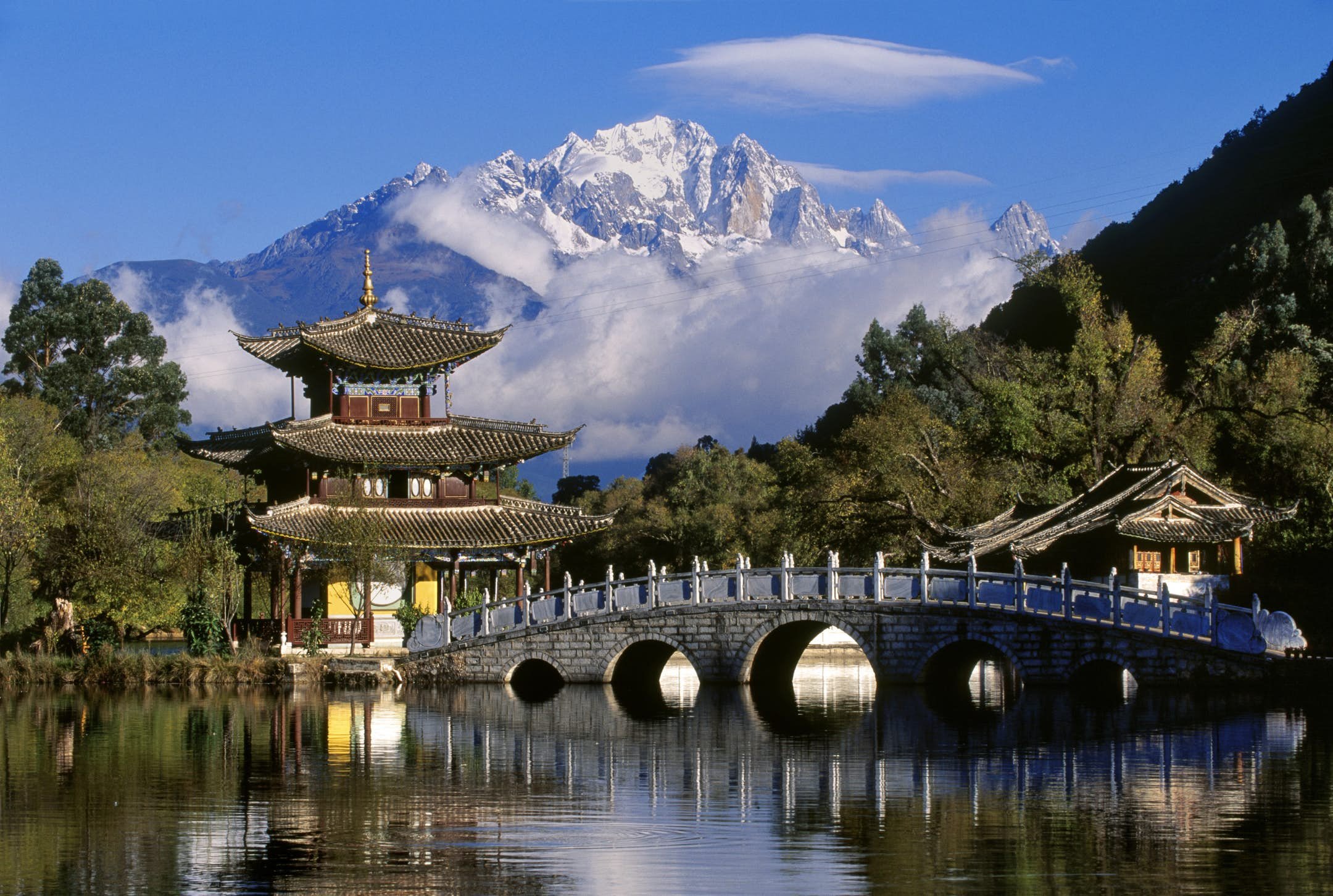
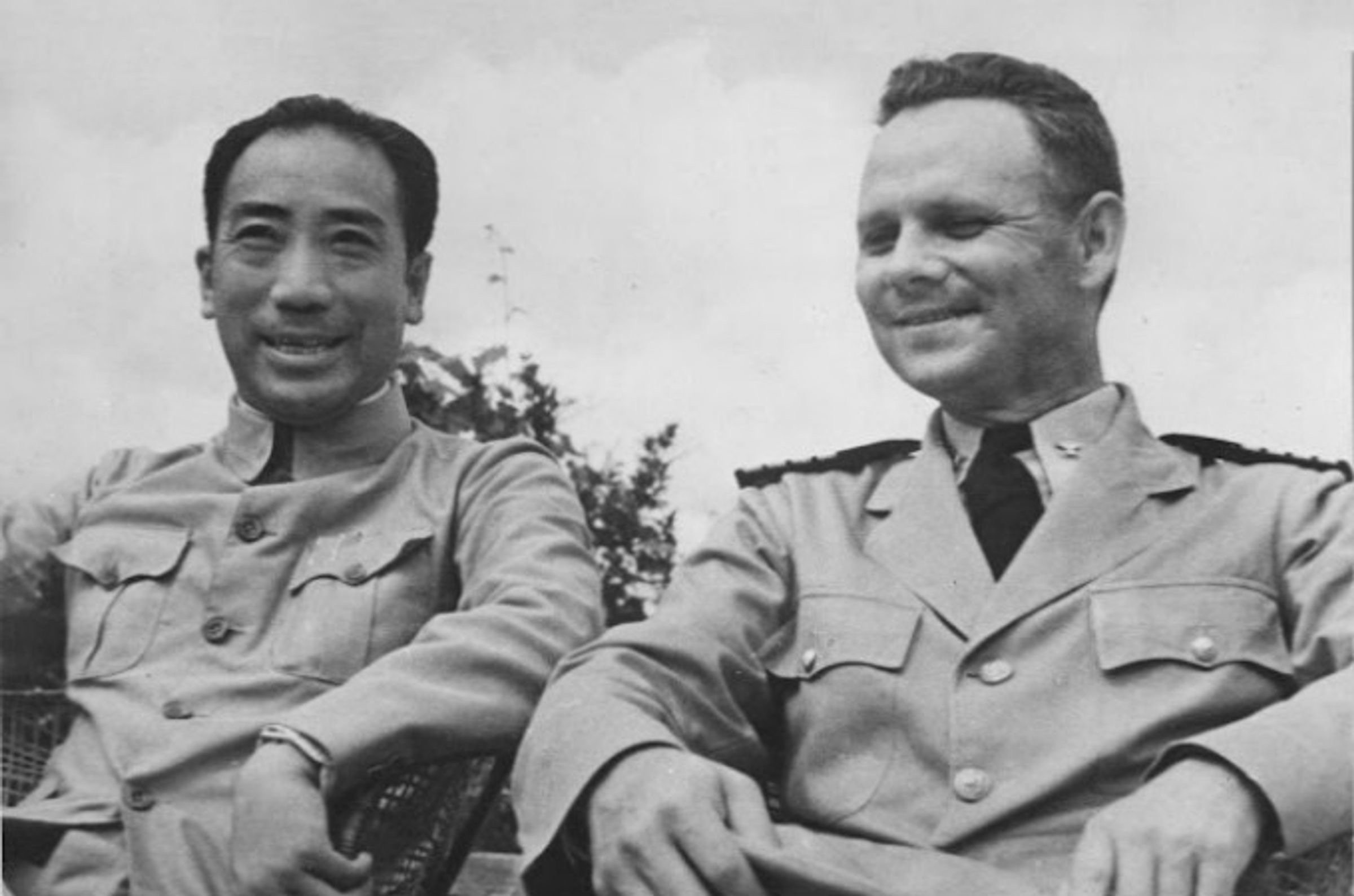
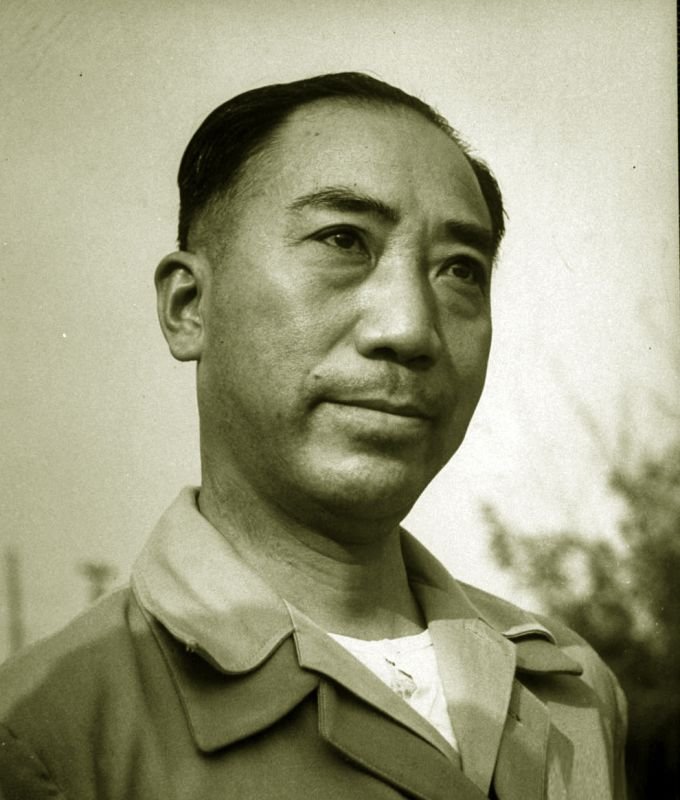
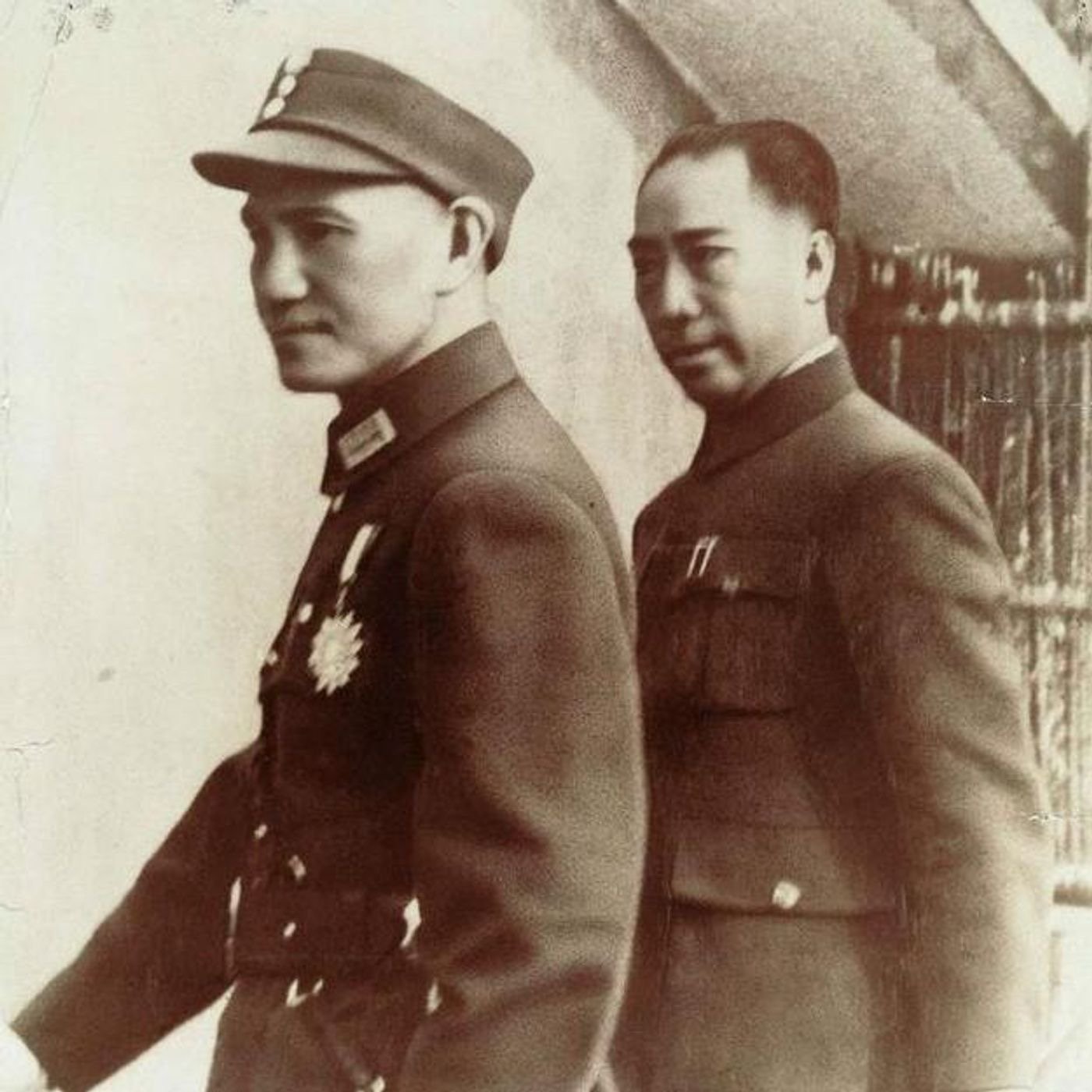
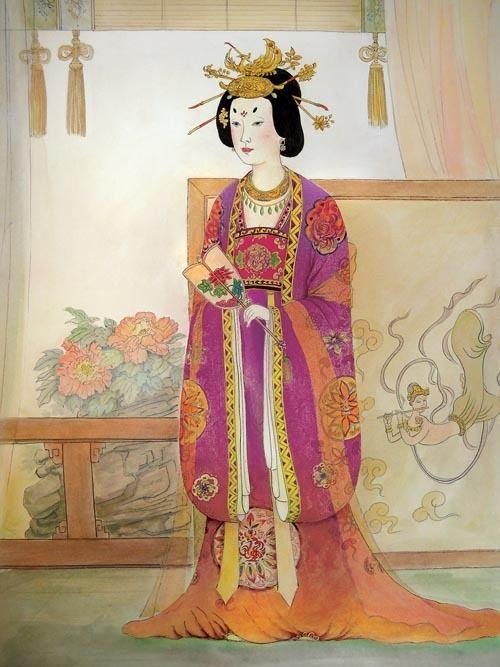
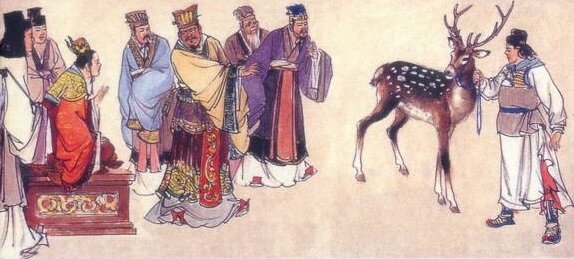
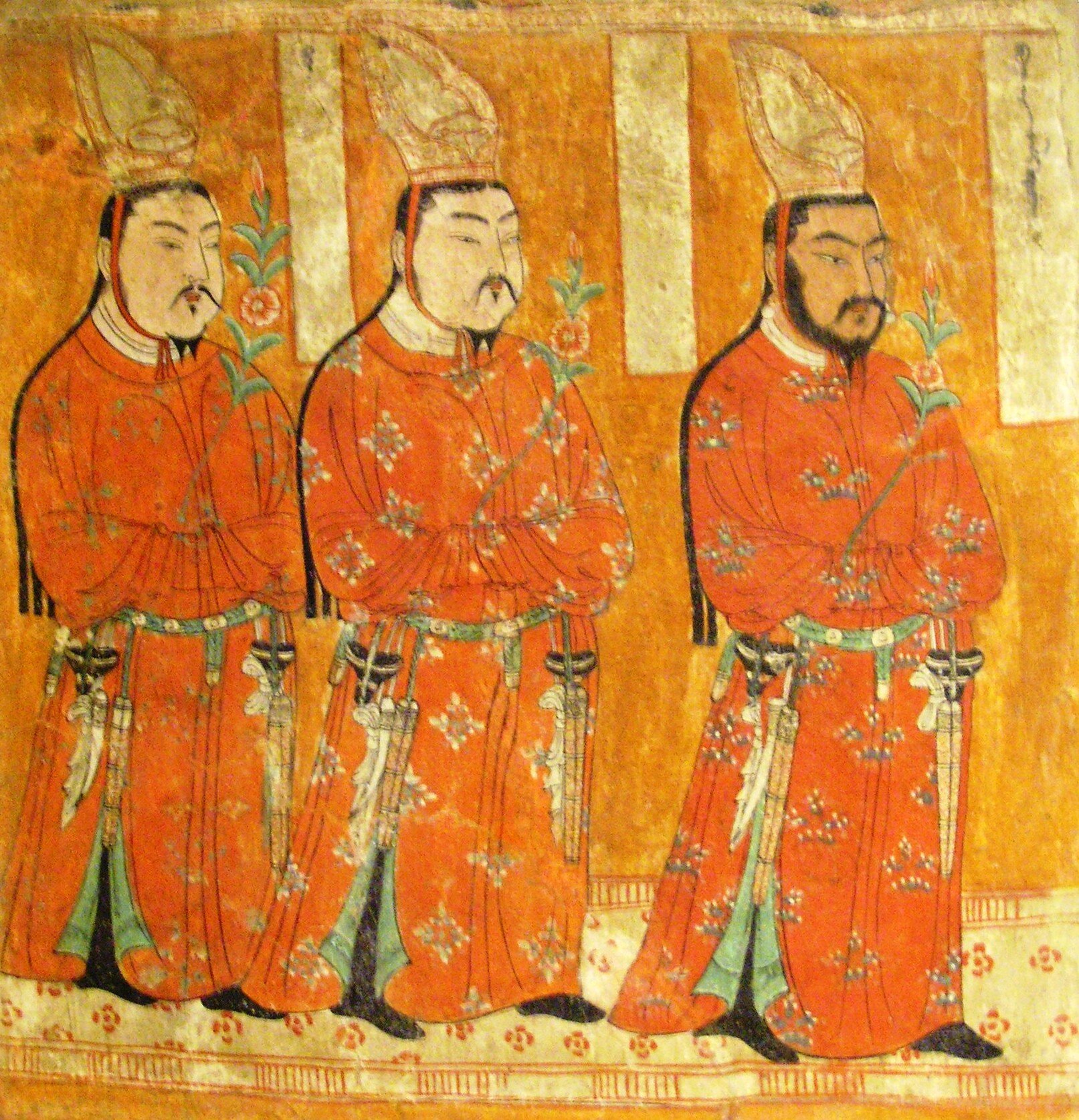
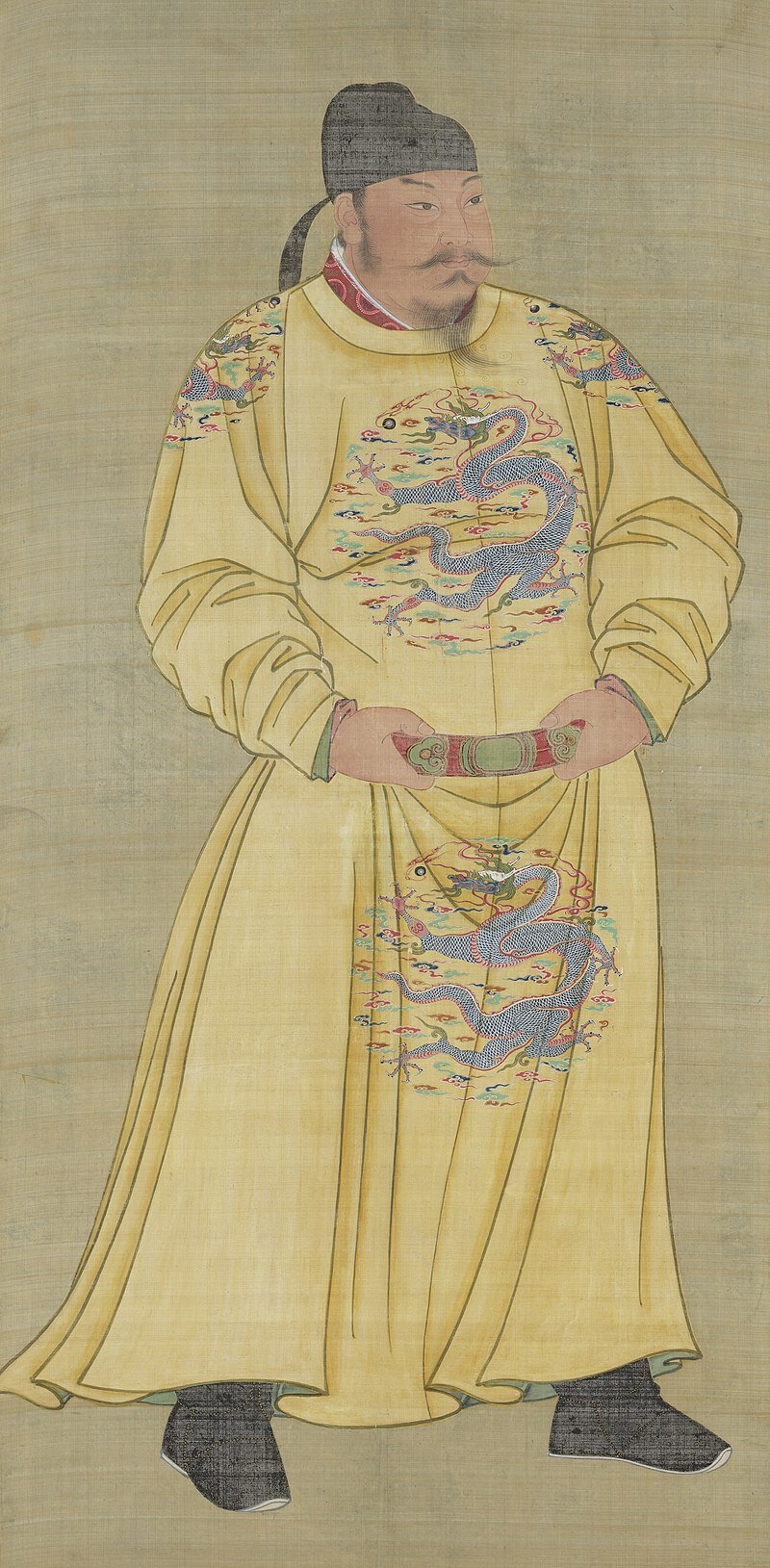
Pre-Confucian Philosophy during the Zhou Dynasty